- The shortage of sand resources has become a sequelae of rapid economic development
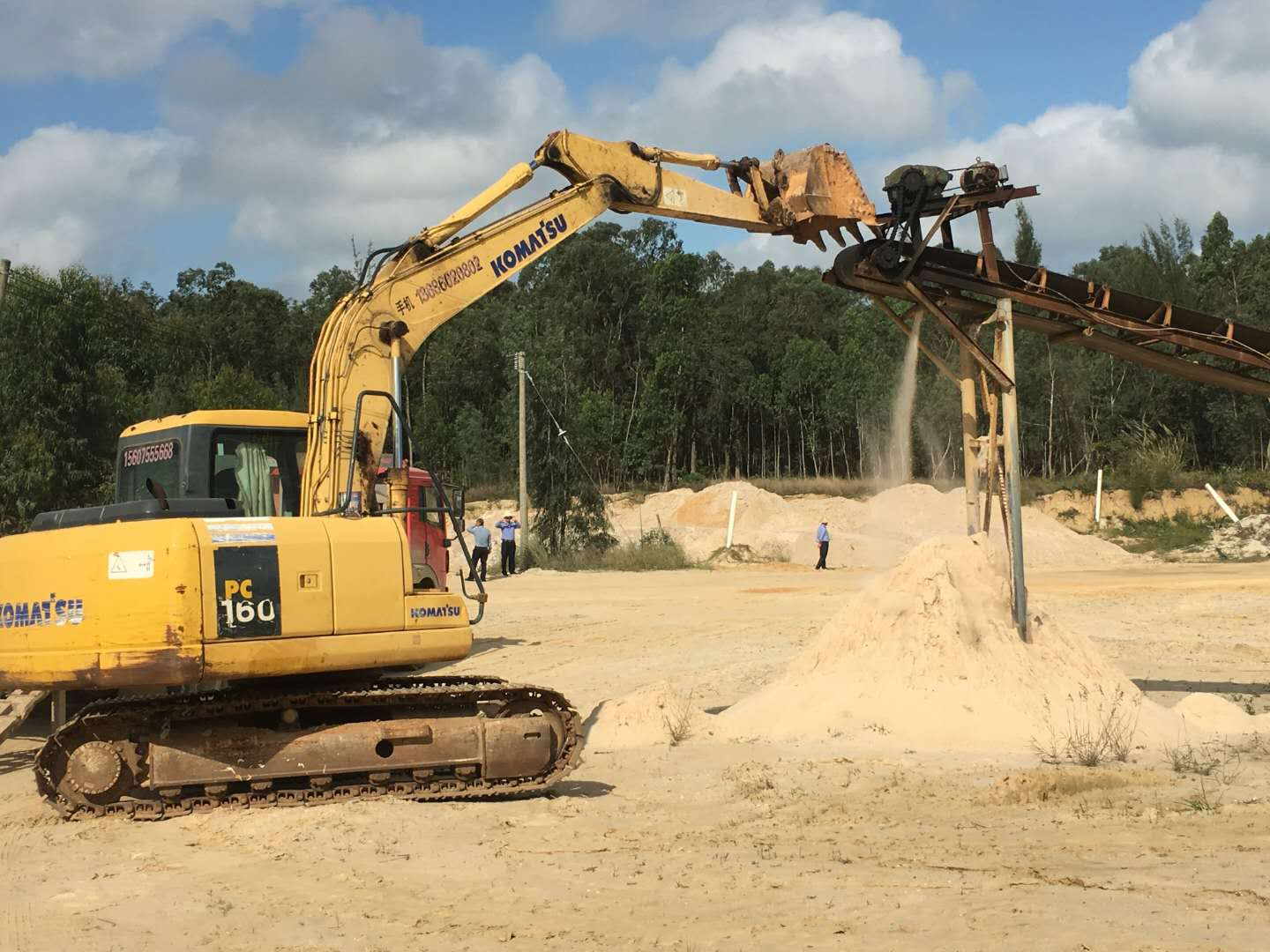
Many well-known water and fossil energy are important resources that are indispensable for supporting global development. There is also an equally important resource on the earth-sand. In the current epidemic, the shortage of sand will also affect the production of vaccine glass bottles, causing this problem to be brought to the table.
From the Sahara of North Africa to Taklimakan in China, one-third of the land area is covered by deserts. Why is there a shortage?
The first is because of the huge consumption. Sand is one of the most important commodities in the world with the smallest appreciation space. It is the most consumed raw material besides water, and it is also an indispensable resource in daily life. Sand is needed to build roads, bridges, and trains. There is sand in the raw materials for glass production, and even the production of chips cannot be separated from sand.
It is not yet possible to accurately monitor the global use of sand, but since the construction industry is the largest consumer of sand, it is possible to infer the consumption of sand from the use of cement.
Today, the world consumes about 4.1 billion tons of cement every year, and the amount of sand used is 10 times that of cement. In other words, in construction projects alone, the world will lose more than 40-50 billion tons of sand every year, enough to build a 27-meter-high and 27-meter-wide wall around the earth, far exceeding the consumption of fossil fuels. .
The rapid development of industrialization and urbanization has led to the continuous increase in the use of sand
In addition to the construction industry, the popularity of household electrical equipment such as smart phones and laptops has increased the demand for glass screens, and the global large-scale new crown vaccine production plan will increase the demand for glass bottles in the next two years to 2 billion. Demand for sand.
Second, not all sand can meet production needs. The sand in the desert is small and round, and has a high alkali content. It is difficult to use for concrete without treatment. More ideally, it is the angular sand formed by the erosion of flowing water on the seabed, coastline, quarry or riverbed. Because of this, the UAE, a Middle Eastern country where half of the country is deserted, also imports sand from abroad every year.
In theory, sand is a renewable resource, but the rate of global sand consumption has tripled in the past 20 years, which has exceeded the rate at which rocks can form sand through weathering and water erosion.
Scientists point out that the shortage of sand has become one of the biggest challenges facing sustainable development in the 21st century. Pascal Peduzzi, a climate scientist at the United Nations Environment Programme (UNEP) and director of the Geneva Global Resource Information Database (GRID), described the governance of global sand resources as looking at the “elephant in the room.” Many people think that sand is not Everywhere, I never thought that there would be an exhausting day. But if no action is taken, this situation may happen in the next ten years.
UNEP predicts that by 2030, the global annual demand for gravel will be close to 50 billion tons. Some scholars believe that sand is likely to become an important strategic resource for all countries in the future.
The issue of sand shortage has been raised many times but has not attracted much attention
Louise Gallagher, head of environmental governance at the United Nations Environment Programme/Global Desert Observation Initiative, said that people do not consider the environmental and social costs behind them when using large amounts of cheap sand. If reducing sand mining can improve the climate resilience of coastal areas, how could the value of sand be better utilized.
Many cities have begun to find solutions. For example, Zurich, Switzerland uses 98% renewable concrete when building buildings; Amsterdam, the Netherlands, has pledged to cut natural resource consumption by half by 2030 and achieve 100% recycling by 2050.
Some researchers are also investigating the use of volcanic ash, agricultural fertilizers, fly ash or fine quartz sand instead of sand. But this is only a small-scale attempt, and most areas still lack control measures and governance strategies for sand.
According to data from the Economic Complexity Research Center (OEC), the total global sand and stone trade in 2019 was US$1.91 billion, a decrease of 10.1% from the previous year, ranking 740th among all traded commodities. The country with the highest export value is the United States, reaching 439 million U.S. dollars, followed by Australia, the Netherlands, Germany and Belgium.
The highest imports are Canada and China
In terms of quantity, China is the world's largest sand consumer, with an annual consumption of up to 20 billion tons, accounting for about half of the world's total. China is also a major cement producer, accounting for 58% of the world's total production capacity. Among the top 30 global cement production capacity companies released by the China Cement Association last year, 12 were in China. Other major cement producing areas are India and Brazil.
Singapore's development is also heavily dependent on sand imports. As an island country, Singapore can only expand its land area through reclamation. In the past 40 years, Singapore has filled 130 square kilometers of land, and all the sand used is imported from abroad. UNEP pointed out in 2019 that Singapore has imported 517 million tons of sand in the past 20 years, making it the world's largest sand importer. Southeast Asian countries such as Cambodia, Indonesia, Vietnam, and Malaysia are Singapore’s main sources of sand.
However, there are still a lot of gray areas in the sand trade, and a lot of sand is circulated through informal channels. For example, Singapore recorded 80.2 million tons of sand and stone imported from Cambodia from 2006 to 2016, but the export volume to Singapore in Cambodia's official data was only 2.77 million tons. The lack of accurate data further increases the difficulty of resource supervision.
With the increasing shortage of sand, countries have begun to protect their own resources. Cambodia has announced a permanent ban on the export of sand since 2017; Malaysia introduced a similar ban in July 2019; Vietnam warned in 2017 that its demand for sand exceeded its holdings and that it may face the dilemma of sand exhaustion by 2020.
Due to the low difficulty of sand mining, there are a large number of unlicensed sandfields along rivers and offshore areas in Southeast Asia, Africa, and Latin America, and arbitrary mining has caused serious damage to the local ecological environment. The Mekong Delta, regarded as a granary by Vietnam, has caused a lot of soil loss due to unrestricted mining of river sand. Researchers believe that at the current rate, the area of the Mekong Delta will be reduced by half by the end of this century.
In the process of human modernization, we don’t know how much sand is being continuously mined and used, and we don’t know where the sand will eventually flow. Mette Bendixen, a coastal geographer at the University of Colorado in the United States, said: "The only thing we know is that the more people there are on earth, the more sand we need." Editor/Xu Shengpeng
Comment
 Praise
Praise
 Collect
Collect
 Comment
Comment
 Search
Search


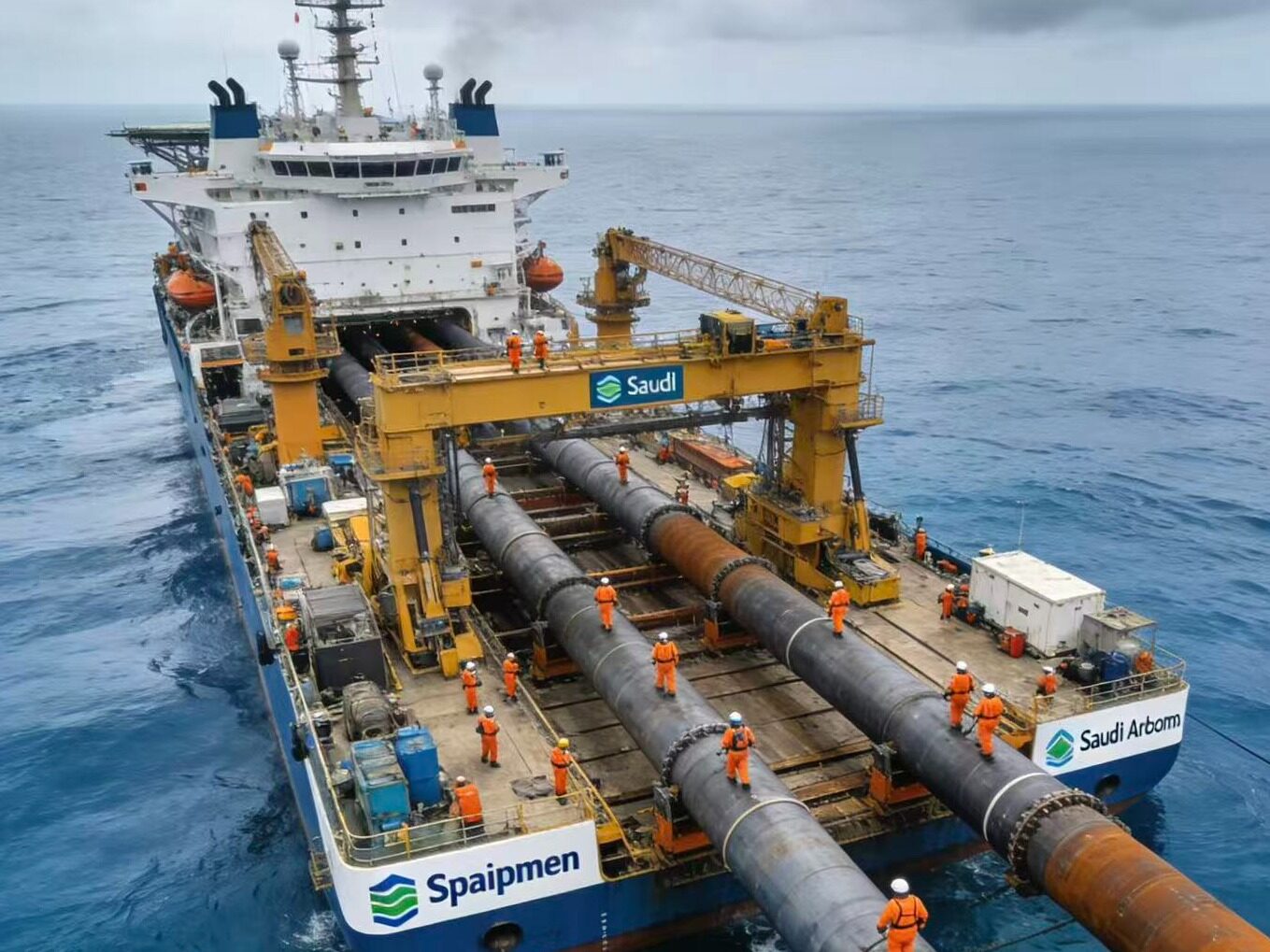
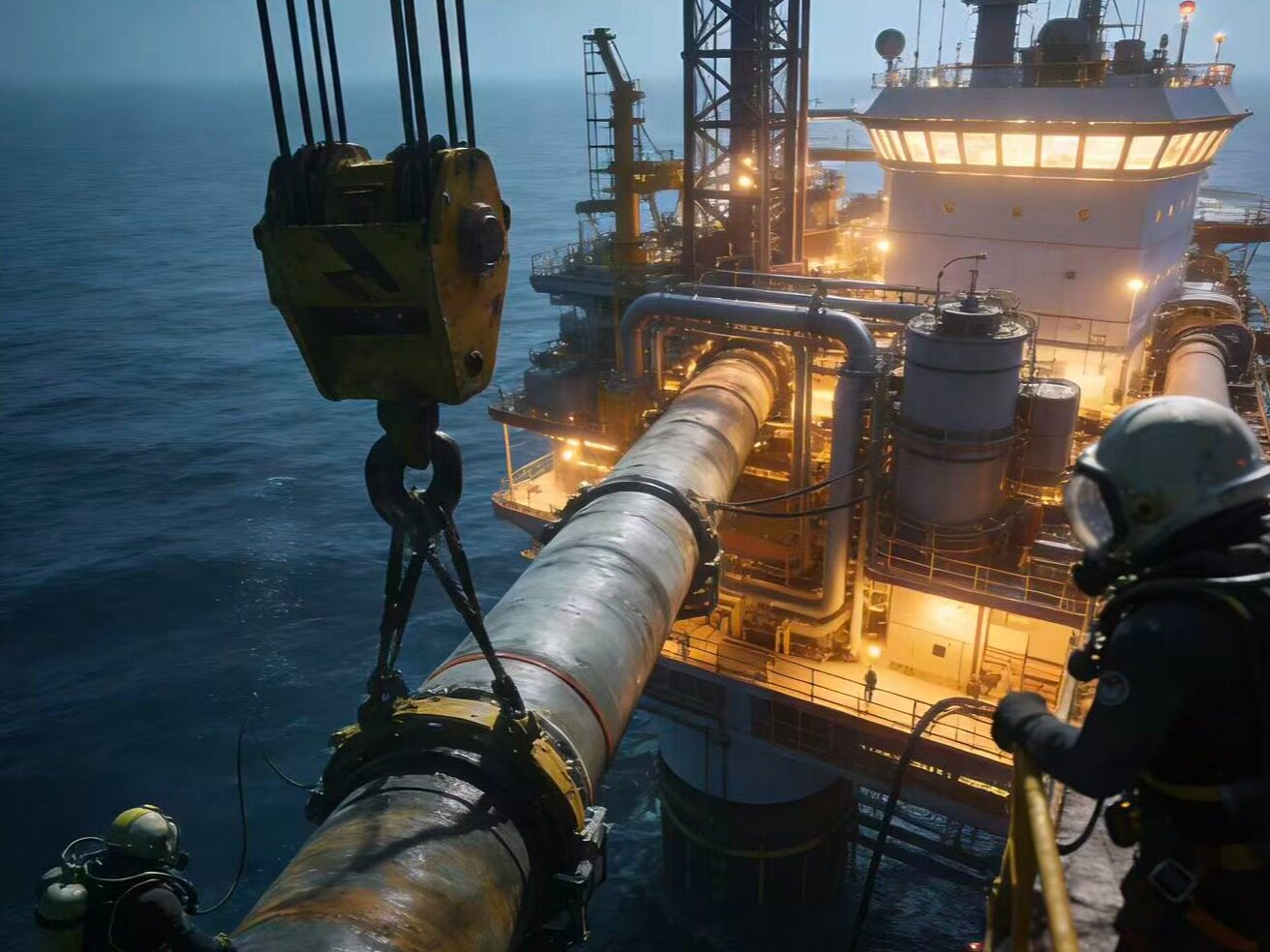
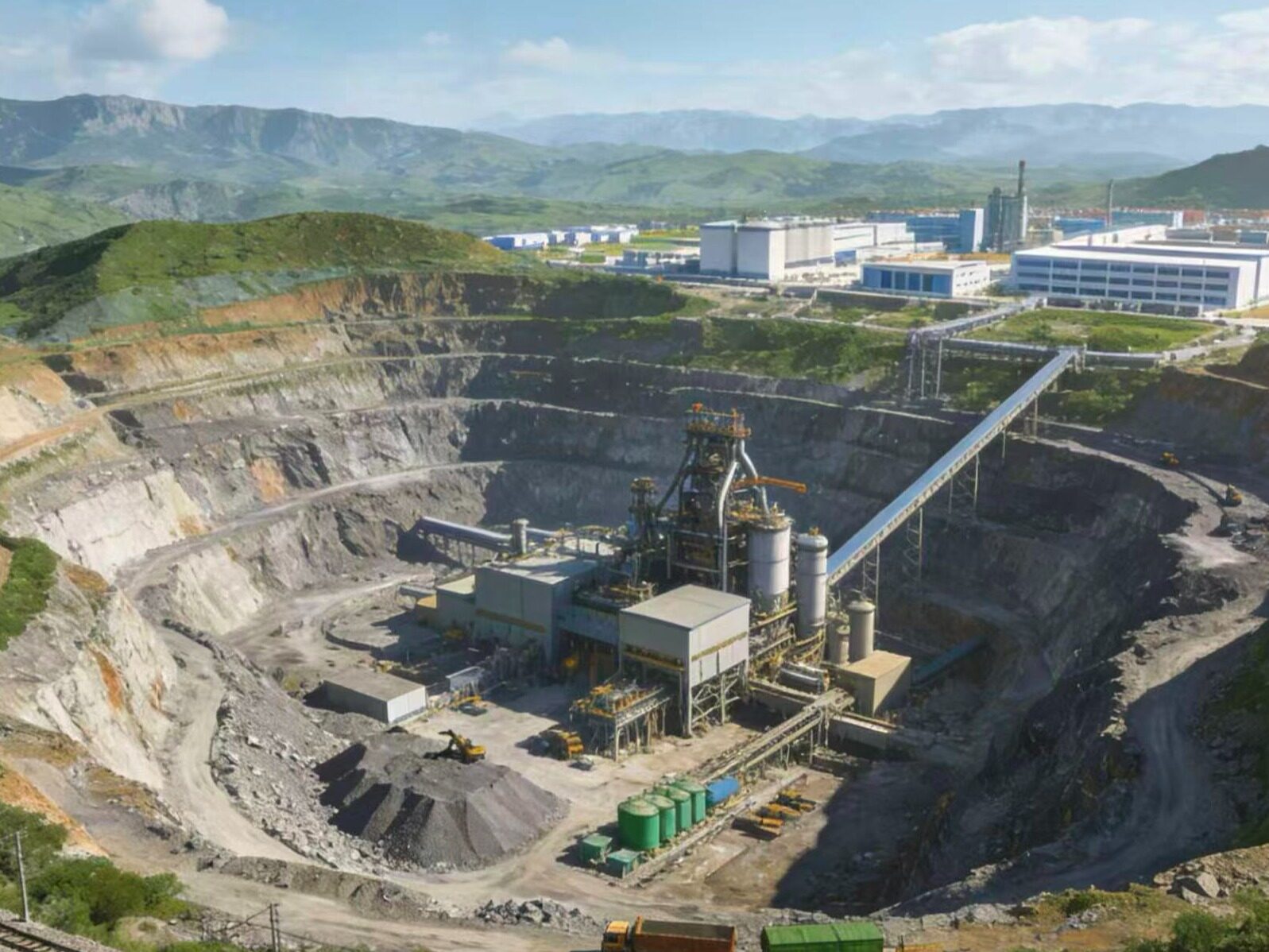
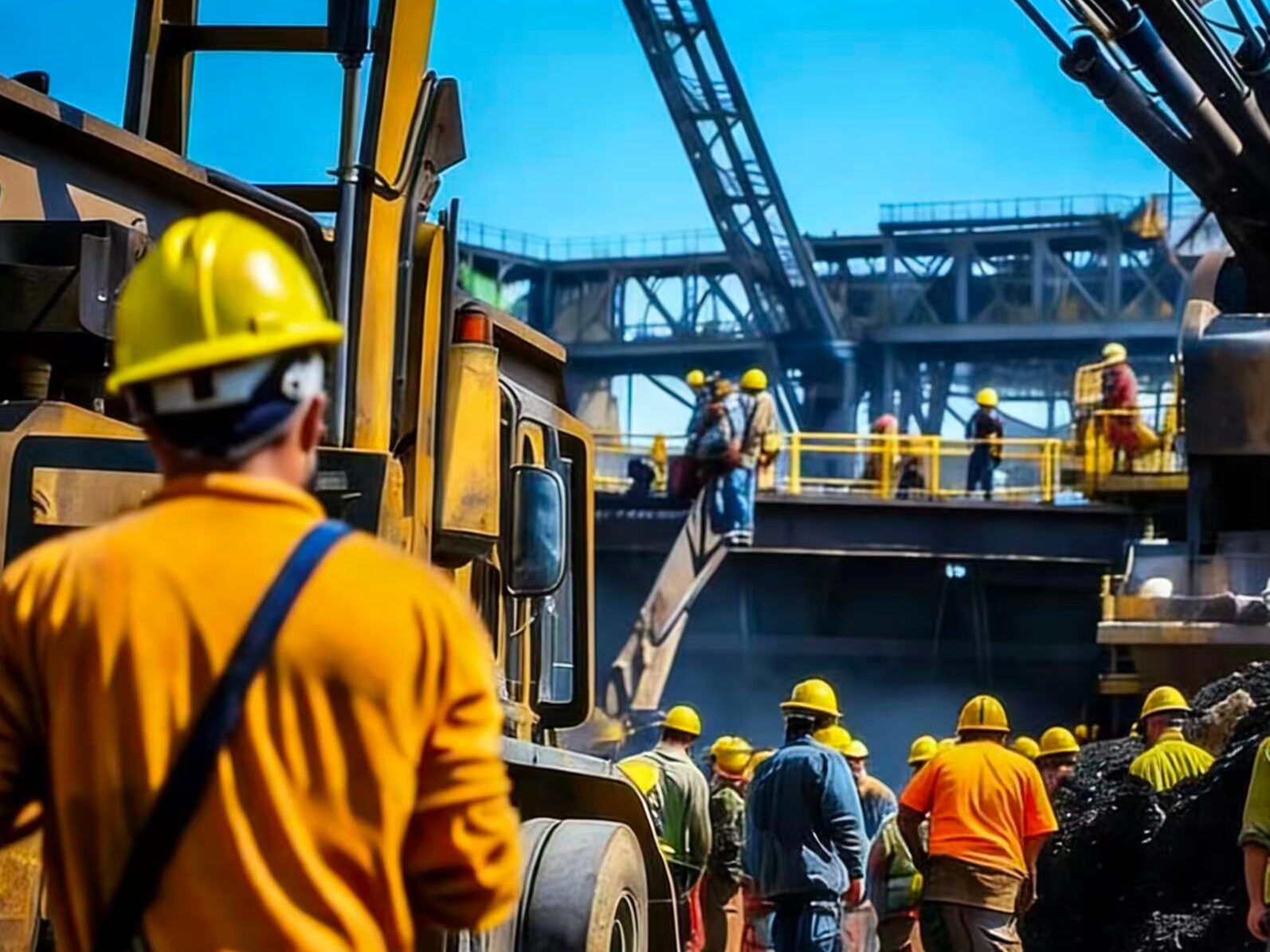








Write something~